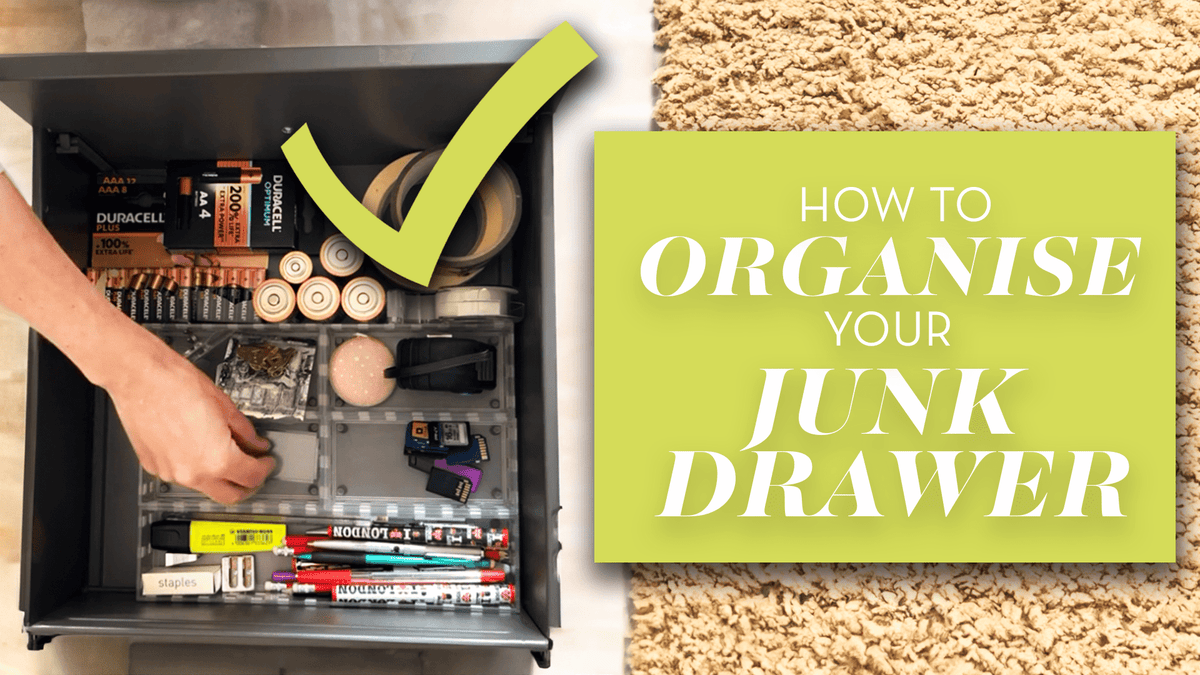Hardly a day goes past without another piece of news or research extolling the benefits of weight training for women. Most recently, a US study published in the journal Biology found that weight training could take eight years off your biological clock; and numerous scientific papers attest to its ability to enhance metabolism, improve bone density and reduce the risk of chronic disease.
For women over 50, there are further gains to be made. Lifting weights, or strength training using resistance bands or your own bodyweight, are all associated with improved health outcomes and reduced symptoms of the menopause. A study over 10 years by the California University of Pennsylvania suggests that these forms of exercise can help to change the ratio of body fat to lean muscle, which is associated with fewer hot flushes and night sweats. And Swedish research has shown that women who weight-trained three times a week saw the frequency of menopause symptoms drop by up to 44 per cent.
And yet many of us are still swerving the gym. I confess that I’m one of them and, as health editor of this magazine, I have no excuse… especially as I’m 54, and a recent health check revealed that my grip strength – a key indicator of how you’ll age in the future – is poor. You need to strength train, the doctor told me firmly. Grip strength comes from that.
So why aren’t we all queuing for the weight machines? For many women, time is just too short to squeeze in travelling to the gym for regular sessions. And it can be hard to justify the expense; the average cost of gym membership in the UK is more than £47 a month. Or maybe you’re just too embarrassed. Gyms, with their floor-length mirrors and their lean, mean PTs, can seem as if they’re for the truly fit only.
I confess that it’s a combination of all three of the above that stops me, combined with a dollop of delusion – until my recent health check, I’d convinced myself that regular running was just as good. Surely jogging (and walking!) involve bodyweight and engage large muscle groups? But these aren’t enough. We need to dedicate exercise sessions to strength training – the NHS recommends twice a week, although some recent studies suggest three times weekly is best for maximum benefits.
So if the gym isn’t for you, is it possible to strength train and use weights at home? The answer is a resounding yes – and Caroline Idiens, aka @carolinescircuits on Instagram, has dedicated her platform to telling us how.
‘Training at home, with simple equipment, is ideal for those finding it hard to carve out time or who prefer not to be in a gym,’ she says. ‘Rolling out the mat in the comfort of your own home can also give a confidence boost to those feeling gym intimidation. At home, there’s no comparison and you can follow a workout, shower and get back to the daily to-do list all in the space of a lunch break!’
What equipment do I need?
You only need basic equipment – Caroline recommends a non-slip fitness mat, a short loop resistance band and two dumbbells (start with 2kg and increase gradually as your strength increases). ‘As you progress and if budget allows, I recommend having a heavier set of dumbbells for lower-body workouts, she says. ‘But the beauty of home workouts, particularly when fitting them in around a busy schedule, is that they don’t have to include weights. Bodyweight movement is ideal for occasions when you don’t have equipment to hand.’
Caroline suggests a 30-minute workout, twice a week, with a series of exercises targeting the upper body using dumbbells, squats, planks and some core work. ‘Slowing the movement down to ensure form and technique are being done correctly is important,’ she advises. ‘This is hugely beneficial to building strength and working the muscle in the way it should be during each movement. Lifting weights in midlife isn’t about how many reps you can do; instead, the focus is on completing the workout properly so you can see and feel the results as you progress.
‘There are countless benefits to adding strength training into our exercise routines in midlife. As we age, women experience a natural decline in muscle mass and bone density. Strength training helps to counteract this decline, stimulating muscle and bone cell growth and maintenance – essential for our overall physical health and functionality. Keeping our muscles strong and our bones healthy at this age helps to prevent injury and helps us perform everyday tasks with ease.
Lifting weights also supports better balance and mobility, aids weight management by building lean muscle and raising our metabolic rates, and encourages better cardiovascular health. And these are just the physical benefits! I love the way strength exercise makes me feel and I look forward to each session and the endorphin boost afterwards.’
And if you’re still worried that you might struggle to find the time, Caroline recommends trying the short workouts she demonstrates on Instagram. ‘Some are as short as 10 minutes,’ she says. ‘If really pressed for time, how about spending five minutes on mobility stretches at your desk to improve flexibility? Alternatively, you could take 10 minutes to focus on one muscle group in the morning (upper body) followed by another 10 minutes on legs later in the day. It all adds up.’
What about beginners?
Perhaps you’re concerned about injury – after all, at the gym, there would be staff available to check your posture and technique. But there’s no need to worry, says Caroline. Strength training at home is safe for beginners – just take it slowly.
‘I always advise starting with 10 minutes of bodyweight for beginners, building up to light weights (2kg). Great bodyweight exercises you could begin with would be squats, lunges and press-ups. As a beginner, complete these by doing 10 reps of each, with 20 seconds of rest between each exercise. If you can, aim to complete three sets.
What benefits should I see?
‘Everyone is different and starting from a different level of fitness, but consistency is the absolute key to seeing and feeling results,’ says Caroline. Ideally, you want to be including three to four 30-minute strength sessions weekly. I always say that in two weeks, you’ll feel it, in four weeks you’ll see it and in six weeks it’ll be a habit and you’ll want to keep going.’













